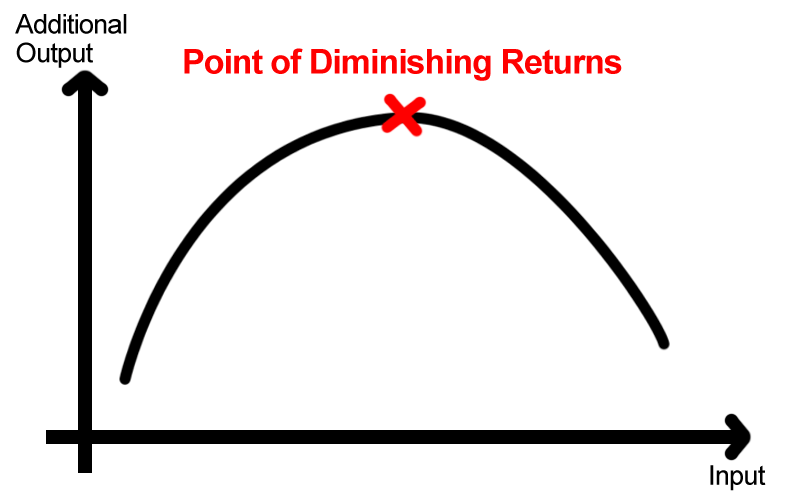We are occasionally asked about mistakes that we see companies make related to organizational change management. In reflecting back over several years and many client engagements, below are the most common mistakes that we have seen.
1) Short-Cutting the Change Process
Change is a process, not a single event. Organizational change does not happen instantaneously as the result of a kick-off meeting, announcement memo, or go-live date. Individuals do not change simply because they received an email or attended a training program. When people experience change, they move from what they had known and done, through a period of transition to arrive at a desired new way of behaving and doing their jobs.
In Bridges’ 1991 seminal book Managing Transitions, he explains how “transition” is different from change and why it takes longer. Bridges’ model highlights three stages of transition that people go through when they experience change: 1) Ending, Losing, and Letting Go. 2) The Neutral Zone. 3) The New Beginning. People will go through each stage at their own pace. For example, those who are comfortable with the change will likely move ahead to stage three quickly, while others will linger at stages one or two.
 By short-cutting the change process, companies mistakenly believing that all of the that all of their people have made the transition and are onboard. As a result, leaders disband the change management effort prematurely, cease to communicate, and stop engaging stakeholders too soon. Consequently, unexpected problems and resistance crop up but are not dealt with. Left unattended, these can undermine the value of the business initiatives and its benefits. The greater the degree of change that has been introduced into the organization, the longer the organizational change “sustainability” phase that is required.
By short-cutting the change process, companies mistakenly believing that all of the that all of their people have made the transition and are onboard. As a result, leaders disband the change management effort prematurely, cease to communicate, and stop engaging stakeholders too soon. Consequently, unexpected problems and resistance crop up but are not dealt with. Left unattended, these can undermine the value of the business initiatives and its benefits. The greater the degree of change that has been introduced into the organization, the longer the organizational change “sustainability” phase that is required.
2) Executive Delegating Change Leadership Responsibility
Successful change initiatives require strong committed executive sponsorship through the entire project. When proactive executive sponsorship is lacking, the risks are manifold, such as stakeholders believing the “wrong” people are leading the effort. We have witnessed instances where executive sponsors have kicked off initiatives and were not seen or heard from again; sponsors who were uninformed of their initiative’s progress and unsure how to help; and sponsors not clear about what priority an initiative had among multiple business objectives.
At a minimum, there should be at least one senior executive designated as the overall sponsor and clearly accountable for the initiative. This executive should provide active and visible support for the project, including:
- Supporting the program team by removing barriers and obstacles
- Sharing the vision of the future in clear and compelling terms
- Highlighting the many benefits of the business initiative
- Gaining buy-in from other senior executives who are his/her peers
3) Under-Funding the Change Management Effort
We see this mistake often and it’s pennywise and pound foolish. Companies need to budget specifically for organizational change activities. A 2011 Gartner survey found that companies under-invest in organizational change management. Companies allocate, on average, only 5% of the overall system implementation budget to the change management effort. Gartner recommends that companies allocate an average of 15% of the program budget to organizational change management, inclusive of training — but more, if changes are significant or the corporate culture is more change-averse.
4) Not Integrating Change Management with Program Management
Organizational change management executed well is a critical component of the program’s success. Therefore change management activities should be integrated into the program structure. Practically speaking, this can be a separate plan, with the critical milestones listed on the master program or project plan. The likelihood of program success is greatly diminished when the change management activities are “bolted on” as an afterthought or the change management experts are not given a seat at the table alongside the rest of the program team members. Treat organizational change management as being of equal importance as the technical aspects of the implementation.
5) Not Seeking Outside Expertise
Rarely do companies have deep change management expertise, though some are seeking to build this capability inhouse. Typically companies expect their leaders and employees to foster stability, eliminate process deviation, and minimize risk in business operations—and are rewarded for doing so. Expecting these same people to introduce change and “rock the boat” is somewhat unnatural and runs counter to the normal, expected behaviors. What is usually the primary benefit of in-house employees—they know the company intimately—can be a drawback in large-scale change initiatives and create conflicts of interest. On the other hand, change consultants work with many companies day in and day out, which gives them a broader perspective.
Many people think of good change consultants as expensive. However, a good consultant can save money. First, because hiring someone in-house with that expertise could cost much more (think fixed expense vs. variable expense), and second, because the consultants have highly specialized knowledge difficult to find in an employee, consultants can identify areas of vulnerability—such as organizational misalignment, team inefficiencies, or counterproductive leadership behaviors—which, if not addressed, could cause a financial problems down the road.
Finally, change consultants are able to get things done quickly. Consultants’ highly specialized knowledge makes them extremely efficient. In contrast, in-house employees have “day jobs” and often many different projects competing for their attention. There is no substitute for the expertise, independence, and objectivity that an experienced change management consultant can bring to bear on the business initiative.











